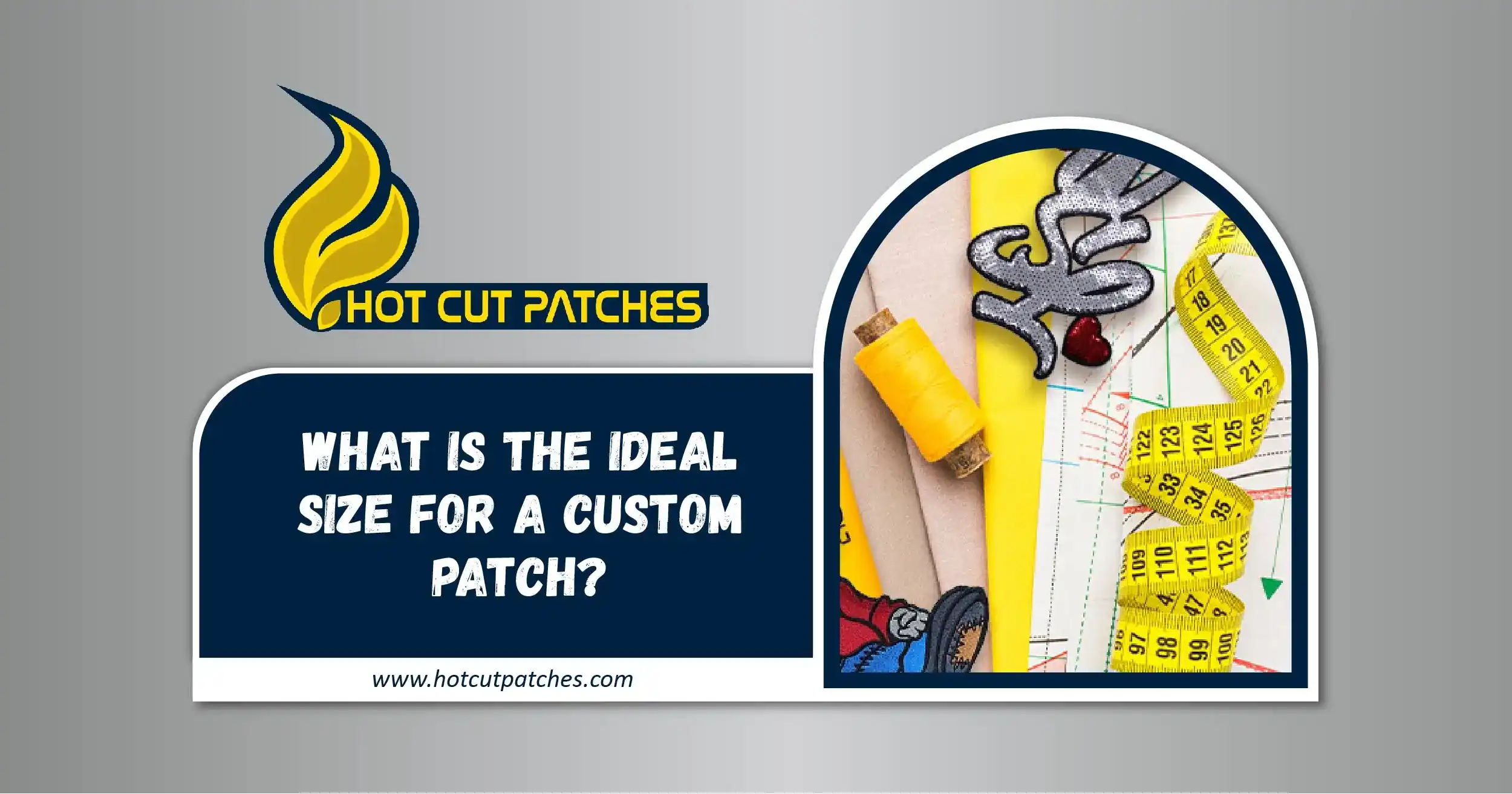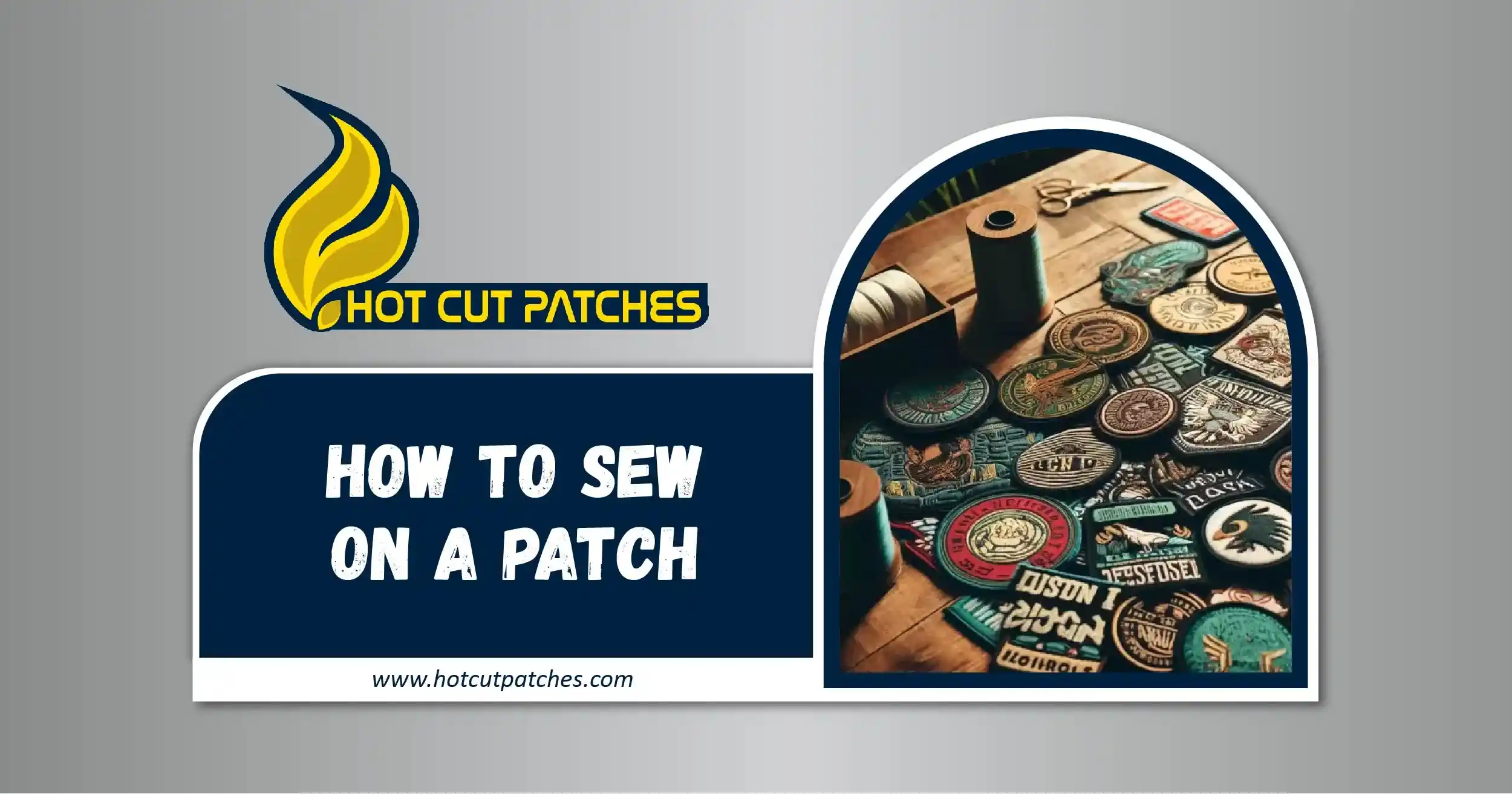Custom patches are not merely functional accessories; they are potent symbols of identity, craftsmanship, and purpose. Whether adorning garments, tactical gear, or promotional materials, the size of a custom patch can significantly affect its aesthetic appeal and functional application. Deciding the ideal size for your custom patch involves understanding the desired visual impact, functionality, and placement on the garment or item.
The Art of Sizing Custom Patches
Determining the perfect size for your custom patch depends on various factors, including the patch’s intended purpose, the detail in its design, and the surface on which it will be affixed. From custom embroidered patches to the intricacies of custom PVC patches, the sizing element becomes crucial in achieving both clarity and visual allure.
Factors to Consider When Choosing a Patch Size
1. Patch Placement
The area where the patch will be placed plays an integral role in deciding its size. For example, patches meant for the chest area of a shirt typically range from 3 to 5 inches. Patches for sleeves or smaller areas may range between 2 to 3 inches. On larger garments, such as jackets or vests, patches can span 8 to 12 inches or even larger, depending on the effect you’re aiming to create.
For custom leather patches used on hats, a smaller size of 2.5 to 3.5 inches works well for achieving a sleek, professional look without overwhelming the overall design.
2. Level of Detail in the Design
The intricacy of your patch design will significantly influence the size you should choose. More detailed designs generally require larger patches to accommodate complex embroidery or printed elements. For instance, custom woven patches and custom embroidered patches can carry a high level of detail, but if the patch is too small, the finer elements might become illegible or lost in the stitching. Larger patches allow for more precise reproduction of intricate logos, text, or artwork.
3. Patch Purpose
Another important consideration is the intended purpose of your patch. Is it purely decorative, or does it serve a functional role, such as displaying a brand logo or membership insignia? For patches that need to be highly visible, such as those for uniforms or tactical vests, larger sizes ranging from 4 to 6 inches are generally ideal.
Custom velcro patches for tactical vests, for instance, often need to be of a practical size that allows them to be easily fastened and removed while still maintaining legibility.
4. Surface and Garment Type
The material on which your patch will be placed also affects your size choice. Some materials, such as leather, stretch fabric, or heavy-duty canvas, may require more substantial patches to ensure durability and visibility. On garments like jackets, hats, or even backpacks, larger patches can make a bolder statement. For softer fabrics, smaller patches may be more suitable to avoid weighing down or distorting the fabric.
Popular Patch Sizes for Various Types
Custom Embroidered Patches
Embroidered patches are classic and versatile, used in a wide range of applications, from uniforms to promotional gear. Their standard sizes vary based on placement:
2 to 3 inches for smaller applications, such as sleeve patches.
3 to 5 inches for chest patches or hat patches.
6 to 10 inches for back patches or large logos on jackets or vests.
Larger embroidered patches are better suited to designs with a high level of detail or more text, while smaller patches work best for simpler logos or emblems.
Custom Leather Patches
Custom leather patches exude sophistication and are often used in high-end branding, especially for hats, jackets, and bags. These patches are typically smaller, as leather can be heavier and sturdier than other materials. Common sizes include:
2 to 3 inches for hats or smaller placements.
3.5 to 5 inches for jackets or backpacks.
For a clean, premium look, smaller leather patches can make a huge impact without overwhelming the garment.
Custom PVC Patches
Custom PVC patches are modern and durable, often used in rugged, outdoor gear or tactical clothing. They can withstand exposure to the elements, making them ideal for gear that requires longevity. Popular sizes for PVC patches include:
2.5 to 4 inches for tactical vests, backpacks, and outdoor gear.
4 to 6 inches for larger applications or back patches.
Since PVC patches are more flexible than other types, they can accommodate both smaller and larger sizes without losing durability.
Custom Woven Patches
Custom woven patches are excellent for intricate designs due to their smooth, fine detail. They are often used for higher-end branding or products that require a polished appearance. Standard sizes for woven patches generally mirror embroidered patches:
2 to 3 inches for small applications.
3 to 6 inches for more detailed logos or artwork.
The woven construction allows for finer detail at smaller sizes, making them a popular choice for intricate logos and emblems.
Custom Chenille Patches
Chenille patches are known for their textured, fluffy appearance, typically used in varsity jackets or school emblems. Due to their bulkier texture, custom chenille patches are often larger:
4 to 6 inches for letters or smaller icons.
6 to 10 inches for large jacket back patches.
Their plush material requires more space, so larger sizes are preferable for legibility and overall aesthetic impact.
Custom Iron-On and Sew-On Patches
Custom iron-on patches and custom sew-on patches are the most versatile, as they can be applied to a variety of materials and garments. These patches work well for both large and small designs:
2 to 3 inches for small icons or logos.
3 to 5 inches for chest or sleeve patches.
6 to 10 inches for back patches or larger statement pieces.
Sew-on patches are more permanent, making them a great choice for garments that will undergo regular wear and tear. Iron-on patches offer convenience but may require additional stitching for longevity.
Custom Velcro Patches
Custom velcro patches are popular for tactical gear due to their ease of removal and reattachment. The size of these patches depends on the application:
2.5 to 4 inches for smaller areas such as sleeves or tactical vests.
4 to 6 inches for chest or back placements.
Velcro patches should be large enough to ensure easy removal without sacrificing durability or legibility.
Choosing the Right Size for Your Custom Patch Project
Ultimately, the ideal size for your custom patch depends on the specific use case. Whether you are ordering custom patches wholesale for a promotional campaign or creating exclusive chenille patches wholesale for school spirit wear, the sizing decision can impact not only the appearance of your patch but also its functionality.
In conclusion, choosing the right patch size is a balance of aesthetics, function, and application. A properly sized patch can elevate your garment or accessory, creating a lasting impression with its detailed craftsmanship and purposeful design.







